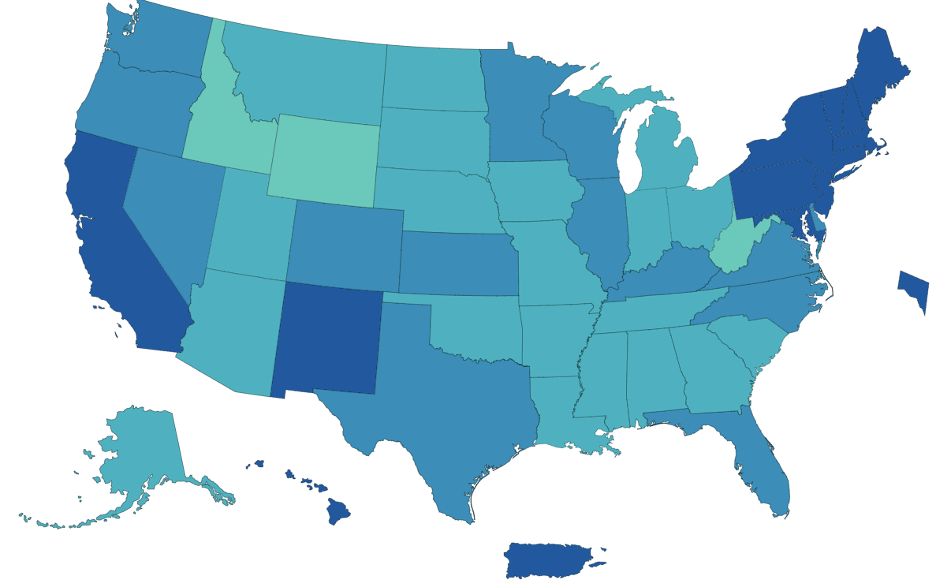When the lockdown from COVID-19 began to ripple across the nation in March 2020, economic forecasters turned to medical experts to help formulate assumptions around when the economy would return to normal.
We considered the COVID-19 crisis in two stages. First, the supply shock occurred when nonessential businesses closed and states asked their residents to stay home. In the second stage, states began lifting restrictions around May 2020 but not all industries were fully operational.
The expectation of a vaccine being widely available in the United States was tied to when we economists anticipated the economy would come roaring back. The thinking was that social distancing rules could be relaxed, and individuals would feel safe enough to venture out and spend money.
Vaccines were created in record time, and the number of people being vaccinated picked up speed at the beginning of 2021 and peaked in April with an average of 3.5 million doses administered in a week. We went from basing our economic forecast scenarios on when the vaccine would be widely distributed to estimating when the nation would reach herd immunity.
We created a herd immunity model that took into account the average number of Americans vaccinated each week as well the number of people who contracted the virus. We assumed that antibodies from infected individuals would last at least six months. Many medical experts at that time believed herd immunity would be reached when at least 80% of Americans were vaccinated or possessed antibodies from an infection. Our first model showed the nation reaching herd immunity in September 2021 in our optimistic scenario, November 2021 in our most-likely scenario, and March 2022 in our pessimistic scenario.
COVID-19 infections peaked in July 2020, eased in the fall, and then rose more than three-fold from the previous July 2020 peak after the year-end holidays. Despite the surge after the end of 2020, consumer spending and gross domestic product rebounded after a short two-month recession in the first half of 2020.
It looked like we had the virus beat this past June as daily infections dipped below 10,000. As of June 2021, 53.4% of Americans had received a single dose of the vaccine and 45.2% were fully vaccinated according to the Centers for Disease Control and Prevention (CDC). Although far from herd immunity, consumers were spending; and firms, particularly retail and leisure establishments, were hiring at a strong pace.
The economy was well on the road to recovery even without herd immunity. People started taking well-deserved vacations that had been delayed. In April 2021, consumer spending on goods and services was 29.9% higher than a year earlier.
The surge in spending and hiring ended in the fall when the Delta variant pushed infections to levels in some states higher than the 2020 holiday peaks.
As of October 7, 56.2% of the U.S. population has been fully vaccinated. The latest Kaiser Family Foundation survey from September 2021 found that 12% of adults say they will “definitely not” get a vaccine.
With 12% of Americans saying they will not get vaccinated along with the complications from the Delta variant, we have abandoned our herd immunity model in forecasting national economic growth. The number of infections continues to be a consideration in our economic forecasting, but we are shifting back to placing more emphasis on the economic fundamentals of fiscal and monetary policy.
Of course, economic growth by state will continue to vary, driven in part, by the Delta variant. The map below provides the latest vaccination rates by state.


Source: https://covid.cdc.gov/covid-data-tracker/#vaccinations_vacc-people-onedose-percent-pop12